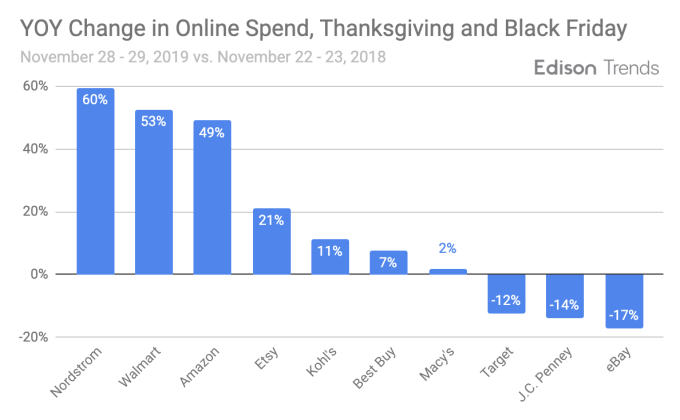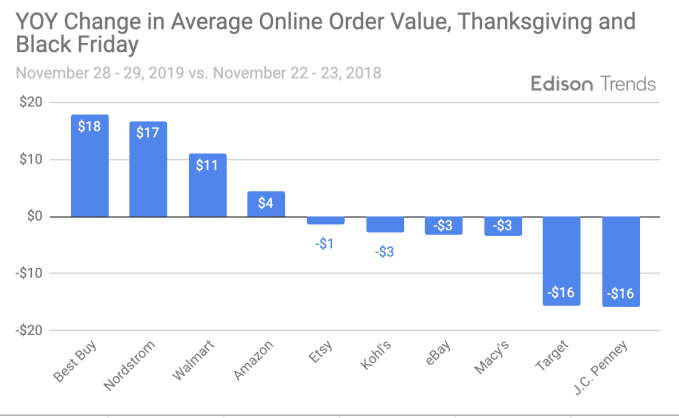The Daily Crunch is TechCrunch’s roundup of our biggest and most important stories. If you’d like to get this delivered to your inbox every day at around 9am Pacific, you can subscribe here.
1. Facebook launches a photo portability tool, starting in Ireland
Facebook says it will make it easier for users to get their photos off the social network and onto another service — a step toward addressing the concerns of lawmakers and antitrust regulators.
The company is starting off with a way for users in Ireland to move pictures into Google Photos via encrypted transfer, but it says the feature will be available worldwide in the first half of 2020 and will eventually include integrations with additional services.
2. In ’60 Minutes’ appearance, YouTube’s CEO offers a master class in moral equivalency
YouTube’s Susan Wojcicki told “60 Minutes” reporter Lesley Stahl that the company has drawn a line at taking down videos that cause “harm,” as opposed to videos that might spread merely hatred and disinformation. In response, Connie Loizos argues that the distinction is, in a word, laughable.
3. Ikea is helping to redesign simulated Mars habitats
Ikea has been working with an Earth-based research facility that is meant to mimic what a Mars habitat would be like. Originally, Ikea sent a designer to the station to seek inspiration for creating functional furniture for small apartments — but it quickly became a two-way street, which could mean the Swedish home furnishing company has a say in how future human colonists live on other planets.
4. Accel closes new $550M fund for India
This is a significant amount of capital for Accel’s efforts in the country, where it began investing 15 years ago and has deployed roughly $1 billion through all its previous funds.
5. Here’s the math behind Tesla’s dumb Cybertruck vs F-150 tow test
During the unveiling of the Cybertruck, Tesla included a butt-to-butt pull-off. Besides being a silly test, this particular demo was flawed in multiple ways, giving the Tesla a major advantage.
6. Will the future of work be ethical? Founder perspectives
Following up on Greg Epstein’s column about whether the future of work will be ethical, we’ve published a number of other perspectives on the topic — including this one, in which he speaks to Andrea Thomaz of Diligent Robotics and Prayag Narula of LeadGenius. (Extra Crunch membership required.)
7. This week’s TechCrunch podcasts
This week’s Equity looks at Cocoon, a Y Combinator-backed startup that wants to help users stay in touch with close friends. (Also: I was relieved that even though Alex Wilhelm is leaving his role at Crunchbase, he’ll be sticking around to co-host the podcast.) And we’ve got a Thanksgiving edition of Original Content that focuses on what we’re thankful for in the streaming world.
Source: Tech Crunch












